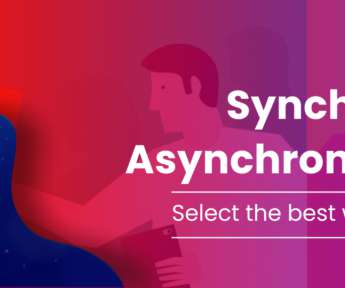Asynchronous or Synchronous A Guide To eLearning Approaches
KnowledgeAnywhere
JANUARY 11, 2021
For learners to participate and acquire new skills and knowledge, there are two methods of online training to pay attention to; synchronous and asynchronous eLearning. In synchronous eLearning, the presentation occurs at specific times for the group to participate in the training which is led by a professional online instructor.



































Let's personalize your content